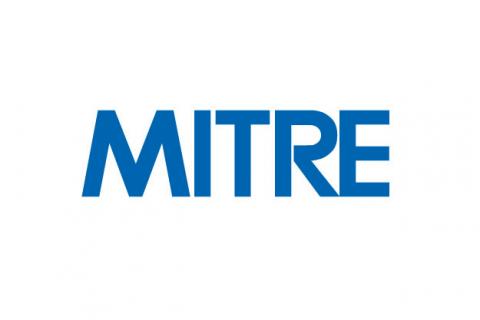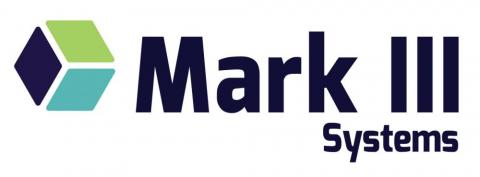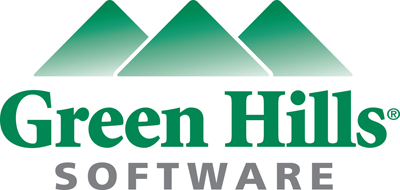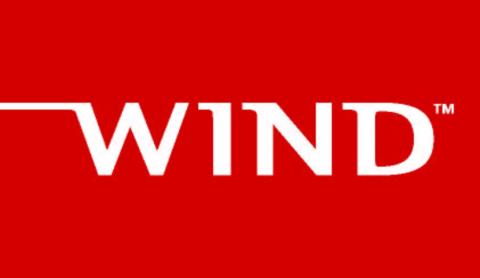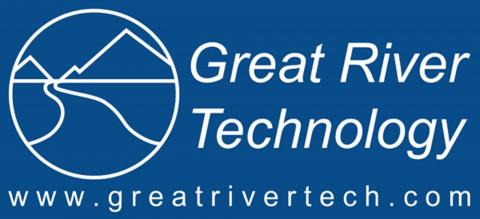History
In the early 1970’s, the field of digital avionics was in its infancy. The American Institute of Aeronautics and Astronautics (AIAA) saw a need to provide a forum of technical interchange in this new field and created the Digital Avionics Systems Conference (DASC). The first DASC was held in Boston, Massachusetts in 1975, followed two years later by the second DASC in Los Angeles, California. In 1979, the third DASC was held in Fort Worth, Texas and the AIAA chose to share financial and technical administration of the conference with the Institute of Electrical and Electronic Engineers (IEEE). IEEE was eager to join in administration of this new emerging technology conference. This was accomplished through a written agreement between the AIAA and the IEEE. In 1988, when the AIAA disengaged from full ownership of the conference, they became a co-sponsor and the Digital Avionics Technical Committee (DATC) obtained DASC conference ownership. Within the IEEE, the Aerospace and Electronics Systems Society (AESS) is responsible for yearly conference oversight in partnership with the DATC. The DATC works directly with the AESS to organize the conference on a yearly basis. The conference continued to be held in alternate years until 1990 when it became so largely attended and the technology was undergoing rapid change that it was decided to make the meeting an annual event. Today, the conference is held every fall in major cities across the United States of America and Europe and has a large global following. We hope the DASC continues to serve the aviation and space communities for many years to come.
Conference Objectives
- To provide a forum for free discussions of new ideas, research, development and applications in order to stimulate and inspire pioneering work in the field of digital avionics and related areas.
- To acquire high quality technical papers for publication in a DASC Proceedings and other appropriate publications such as the AIAA Journal of Aircraft and IEEE Systems Magazine.
- To provide a meeting that will further the progress of AIAA and IEEE entities, including Societies, Technical Committees and local Sections and thereby better serve the interests of all AIAA and IEEE members and the community at large.
- To provide an atmosphere that strengthens the interpersonal rapport of a large number of engineers and scientists interested in specialized and closely related fields.
- To provide an exhibition of current hardware and software products, methods and tools.
- To provide instruction in advances in digital avionics and to encourage and reward student academic participation.
- To encourage international participation.


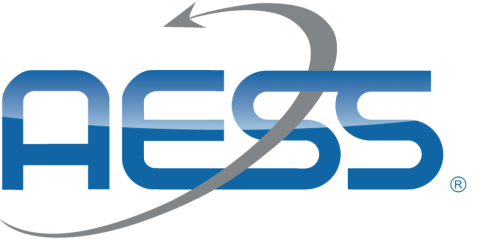
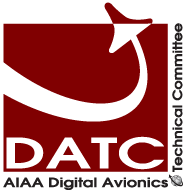

.png)


